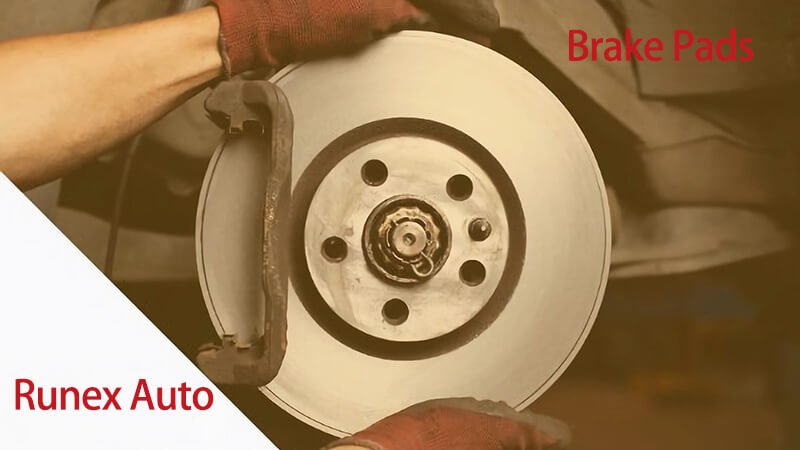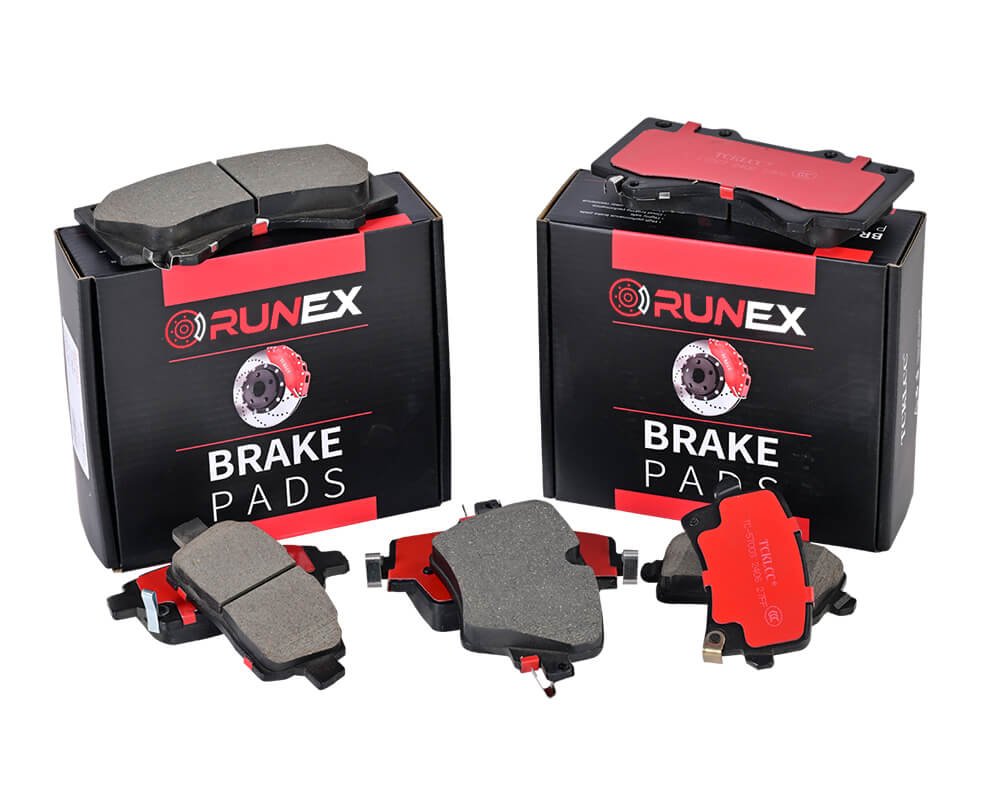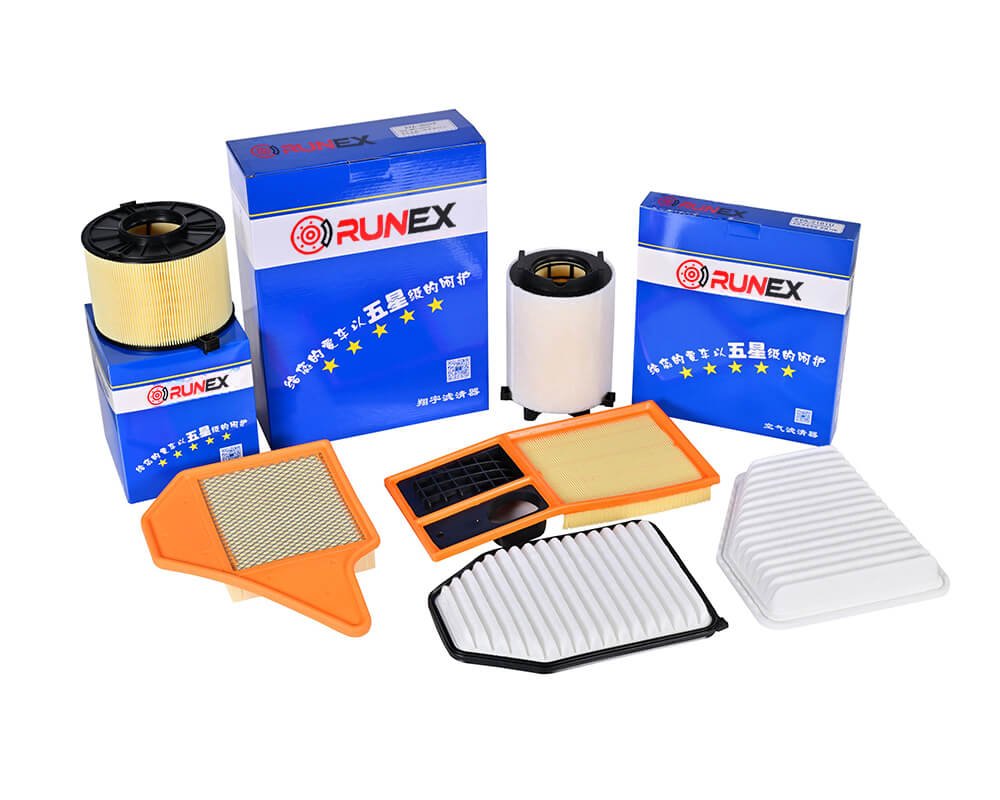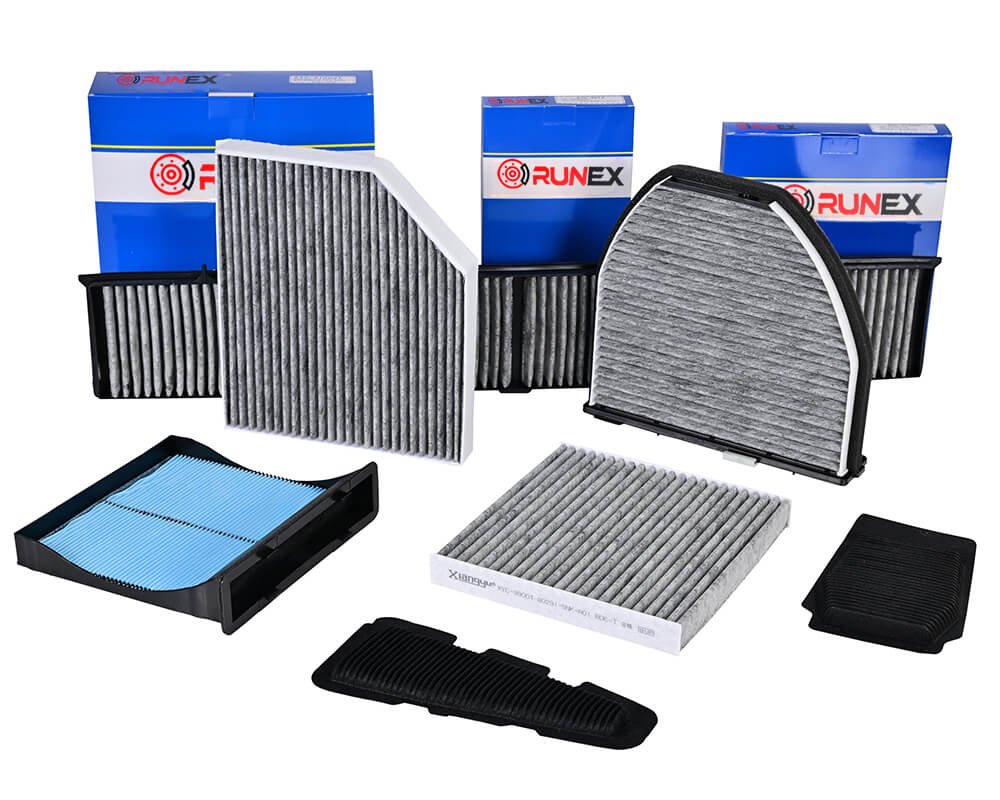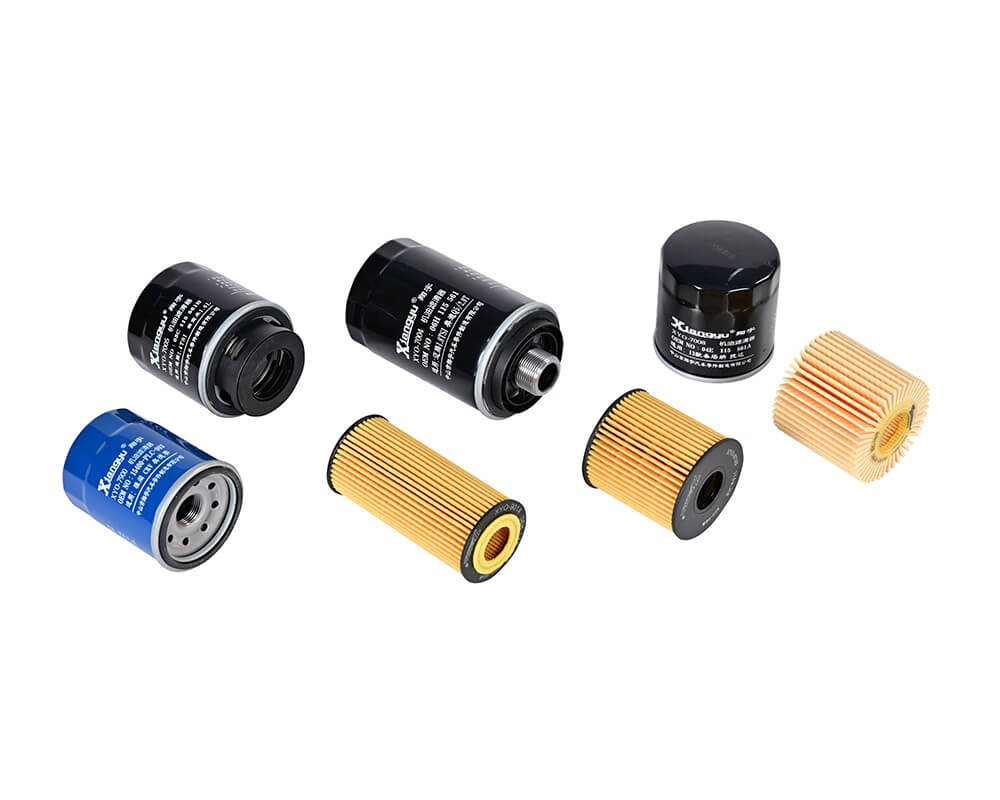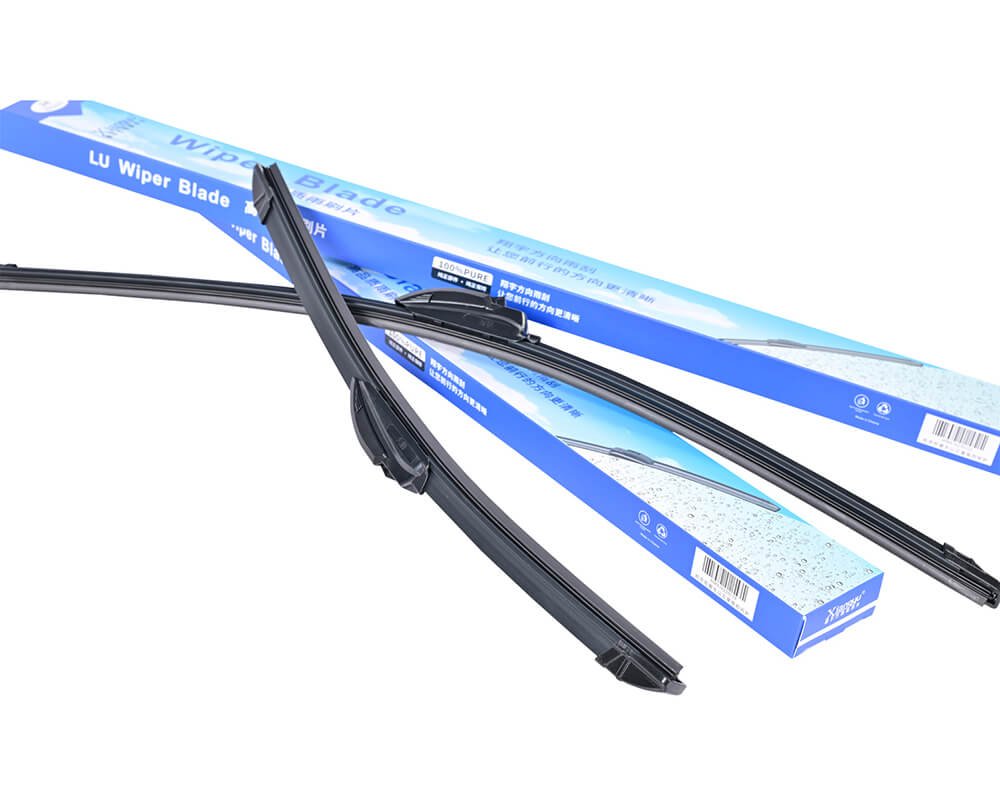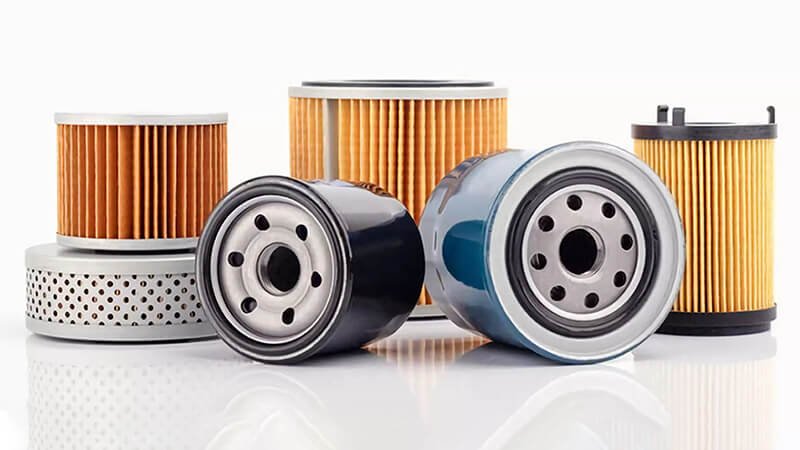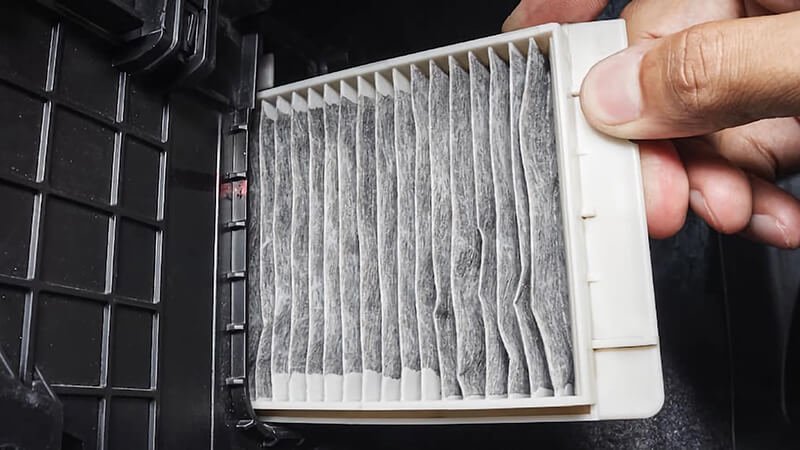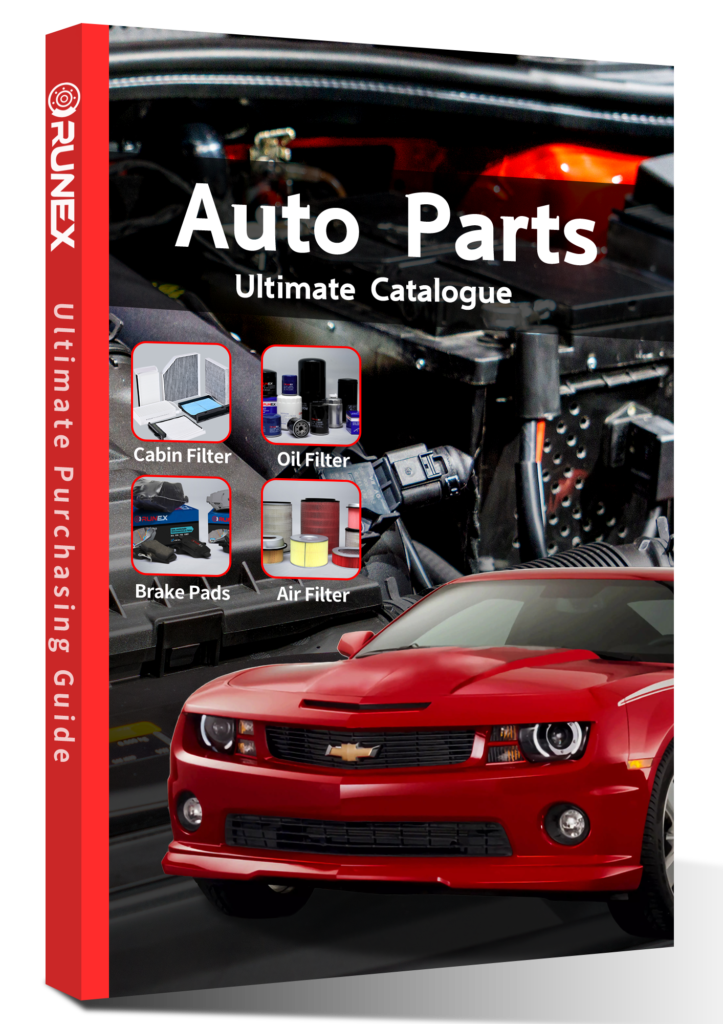If you've just installed new brake pads, don't expect them to feel perfect from the first stop. Improper driving right after installation can ruin the pads—and even the rotors.
To ensure optimal brake performance, you must follow a proper bedding-in routine and avoid aggressive driving immediately after replacing brake pads.
When someone installs a new set of Runex Auto brake pads, what they do in the next few miles can make or break the investment—literally. I’ve seen how something as simple as skipping proper bedding-in led to brake judder, customer complaints, and warranty returns. But the good news? With the right driving habits, our brake pads consistently deliver smooth, reliable, and quiet performance.

What to do right after changing brake pads?
New pads don’t work at their best until they’re properly bedded-in. Skipping this step is like skipping warm-up before a sprint.
Immediately after replacing brake pads, you should perform a structured bedding-in procedure: repeated moderate stops from highway speeds, followed by light cruising to cool the system.
Why bedding-in matters
Bedding-in helps transfer a thin, even layer of friction material onto the brake rotor. This layer—often called the “transfer film1”—is crucial for consistent stopping performance and pad longevity.
My proven bedding-in method:
| Step | Action |
|---|---|
| 1 | Accelerate to about 60 mph |
| 2 | Brake smoothly down to 20 mph — not full stop |
| 3 | Repeat 8 to 10 times without stopping fully |
| 4 | After final stop, cruise at moderate speed to let brakes cool |
Runex Auto brake pads are made from precision-mixed friction compounds designed for controlled performance. But without a proper bedding process, even the best pads will feel inconsistent. I always advise our partners—especially distributors selling to safety-focused fleets—to educate clients on this step.
A fleet buyer once called me, upset their vans had noisy, vibrating brakes. After some questions, I realized the drivers weren’t doing any bedding-in2. We did a quick virtual training with their operations team. One week later, no more complaints. Zero. The pads weren’t the issue—the driving was.
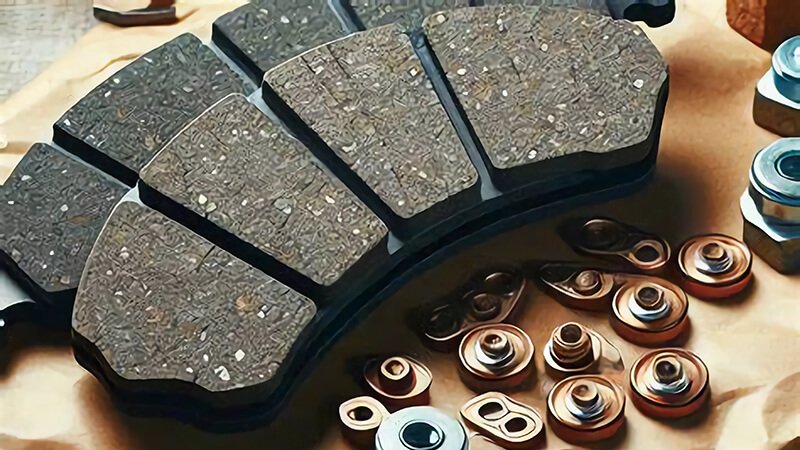
What not to do after getting new brakes?
Some mistakes after a brake pad replacement are easy to make—but costly to fix.
Avoid hard braking, high-speed driving, carrying heavy loads, and aggressive cornering right after installing new brake pads. These behaviors prevent proper bedding-in and may damage pads and rotors.
What bad habits can ruin new pads?
Many drivers assume that new brakes = maximum performance. In reality, new pads3 have raw surfaces that need to match the rotor profile gradually. Rushing this leads to:
Common mistakes and their effects
| Mistake | Consequence |
|---|---|
| Slamming on the brakes | Uneven pad material transfer, leading to brake judder4 |
| Hauling full loads too early | Overheats pads before bedding, causes glazing |
| Hard cornering and late braking | Increases heat stress on pads and rotors |
| Riding the brakes downhill | Prevents cooling, leads to pad fade |
Runex Auto pads are engineered to resist fade and noise. But no brake pad can survive abuse in the first 100 miles. I remind our distributors and their clients: the first days are about conditioning the friction surface—not testing peak performance. Be smooth, not aggressive.
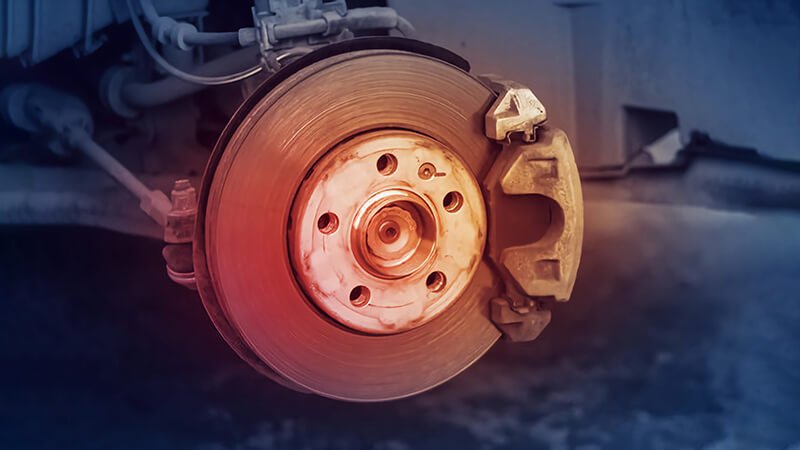
How long do new brake pads take to settle in?
Patience pays off. Proper break-in ensures long-term performance and fewer warranty claims.
New brake pads typically take 200–300 miles to fully bed in, depending on vehicle type, driving conditions, and installation quality.
Factors that affect bedding-in duration
Different vehicles, driving styles, and brake systems affect the bedding-in time5. But here’s a breakdown of what I’ve seen with Runex Auto pads in the field:
Bedding-in timelines
| Vehicle Type | Estimated Break-In Distance | Notes |
|---|---|---|
| Compact Car | 150–200 miles | Light pressure, ideal conditions |
| SUV / Pickup | 200–250 miles | More mass = more heat, longer process |
| Commercial Van | 250–300 miles | Critical to train fleet drivers |
Even with high-quality materials like our ceramic and semi-metallic blends, you can’t skip time. Our brake pads6 are formulated to release heat evenly and lay down a consistent rotor film—but they need gradual engagement to do so.
When I work with overseas distributors, I always tell them: “If your customer says the brakes squeak in the first 100 miles, that’s normal. If it’s still happening after 300 miles and they bedded them in properly, then we troubleshoot.” In most cases, it never comes to that.
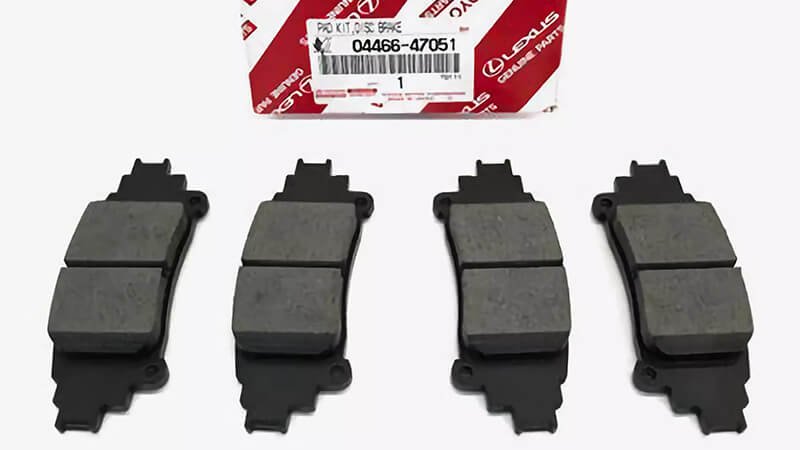
What not to do after getting new brakes?
Yes—we're repeating this one. Because most brake issues after installation trace back to simple driving mistakes.
Do not expect full stopping power immediately. Do not test the brakes with emergency stops. Do not assume silence or perfection from day one.
Final warnings and overlooked habits
Let’s go beyond the obvious this time. Here are subtle yet damaging things I’ve seen from real clients:
Lesser-known post-install mistakes
| Behavior | Problem it causes |
|---|---|
| Parking immediately after bedding | Traps heat in rotors, causes warp risk |
| Washing car right after install | Sudden cooling leads to rotor cracks |
| Assuming noise = defect | Early squeal often just pad seating |
| Installing pads on old rotors | Prevents clean bedding, causes pulsing |
At Runex Auto7, we guide our clients to install pads only on rotors with minimal runout and no glazing. Even a high-quality pad like ours won’t perform right on uneven or worn-out discs. That’s why we always recommend rotor inspection8 with every brake pad order.
Distributors who follow this advice see higher satisfaction rates and fewer returns. Brake pads aren’t just a product—they’re part of a system. And when that system’s treated right, our pads do exactly what they were designed for: smooth, silent, reliable stops.

Conclusion
Driving after replacing brake pads9 isn’t hard—but it requires patience, knowledge, and discipline. From bedding-in correctly to avoiding heat-stressing habits, every action in the first few hundred miles matters. At Runex Auto, we build our pads for long-term performance, but it’s how you treat them after install that defines the outcome. For distributors and fleet managers, educating end-users is key. One proper stop is worth ten complaints avoided.
-
Exploring transfer film will reveal its critical role in enhancing braking efficiency and pad lifespan. ↩
-
Understanding bedding-in is essential for optimal brake performance and longevity, ensuring safety and efficiency. ↩
-
Understanding the proper break-in process for new pads can enhance performance and longevity, ensuring safer driving. ↩
-
Exploring the causes of brake judder can help you avoid common mistakes and maintain your vehicle's braking efficiency. ↩
-
Understanding bedding-in time is crucial for optimal brake performance and safety. Explore this link to learn more. ↩
-
Choosing the right brake pads can enhance vehicle safety and performance. Discover expert insights on this topic. ↩
-
Discover how Runex Auto ensures optimal brake performance with expert installation and inspection services, enhancing safety and satisfaction. ↩
-
Understanding rotor inspection can enhance your brake pad installation process, ensuring safety and performance. ↩
-
Finding the best auto brake pads from Runex. ↩

